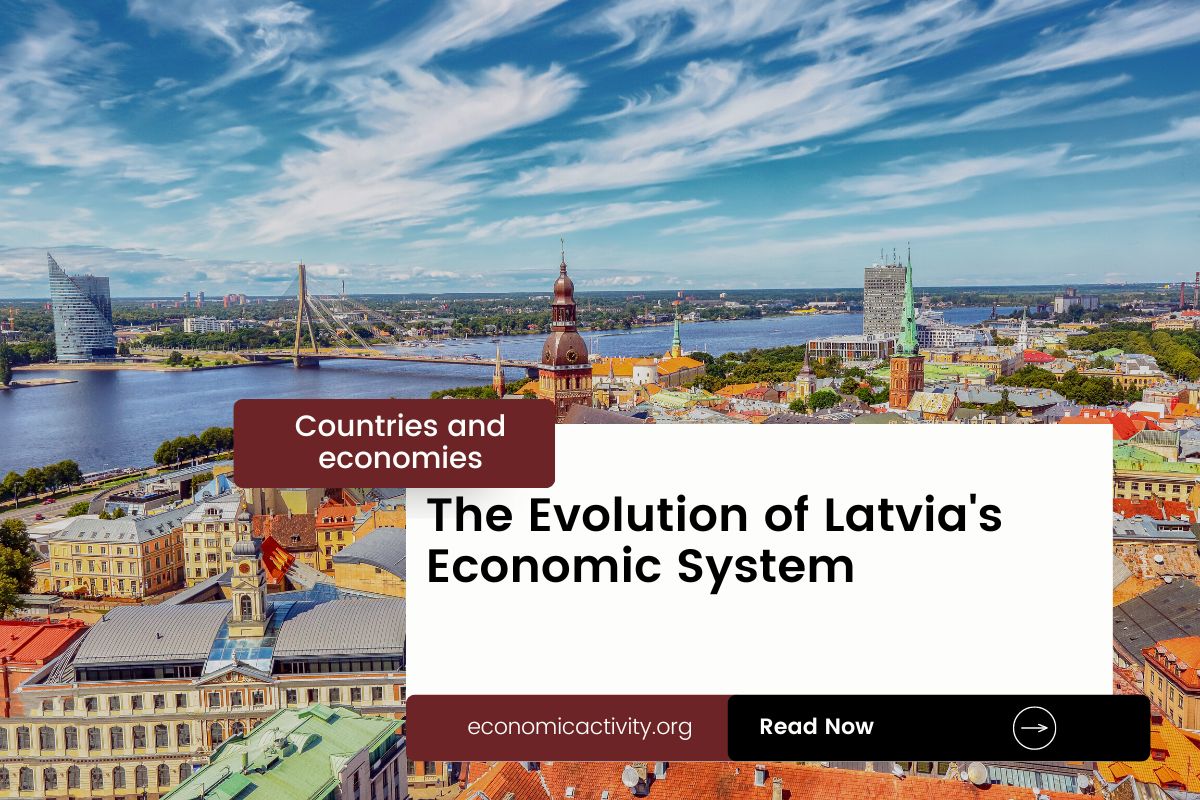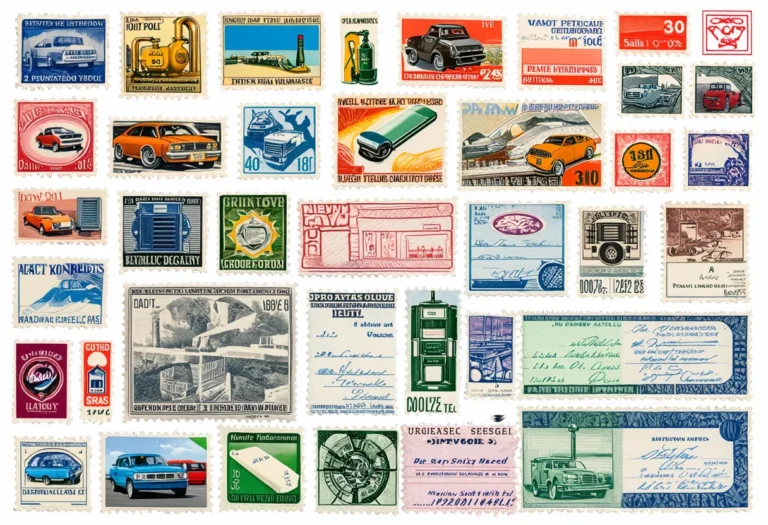What is the economic system of Latvia? The economy of Latvia is based on a mixed economy, that resembles a market economy. The country’s economic system combines elements of a market economy and a planned economy, individuals are free to work, produce, consume, and invest in any way they please.
Latvia’s economy is driven by manufacturing, agriculture, and services. Key industries include wood processing, food processing, and information technology.
In Latvia, the economy is composed of a private sector, consisting of individuals and businesses that make autonomous decisions based on self-interest, and a public sector, where the state determines the production and distribution of certain goods and services. No country is purely capitalist or purely communist.
What do the freedom indexes tell about the economic system of Latvia?
Now, to determine if a country is mostly a market economy or a planned economy, it is useful to examine some economic indexes. For instance, according to the 2022 Index of Economic Freedom, which measures the ability of every human to control his own labor and property, Latvia is ranked 18th globally and 13th in Europe indicating that the country has a mostly free economy.
In a similar way, the 2022 Freedom House index evaluates the state of political rights and civil liberties globally. Generally, market economies tend to align more with democracy and freedom, while command economies tend to be characterized by greater state control and fewer democratic and civil liberty protections. Latvia gets a score of 88/100, which qualifies it as Free.
Latvia is a country where the government does not control what people do for political reasons, and people have the freedom to choose (what, how much, and how to produce, whether to buy or not, selling price, etc.)
The Link Between Public Sector Employment and the Economic System of Latvia
An indicator of the extent to which the State is involved in the economy is the number of public sector employees. In Latvia, according to ILOSTAT, the number of public sector employees as a percentage of the total workforce is 29.0% (2020). The public sector tends to be small and efficient. As result, the number of public sector employees as a percentage of the total workforce is low compared to other countries.
What do the biggest companies in Latvia say about the country’s economic system?
The biggest company in Latvia should also be looked at, as well as whether it is a state-owned or private company. In this case, Elko Grupa AS is a leading manufacturer of electrical and electronic components is owned by multiple private shareholders.
Latvia’s private sector industries include manufacturing, finance, and real estate. While public industries include healthcare, education, and transportation.
The historical factors that have influenced the economic system of Latvia
The current mixed economy system of Latvia is a combination of political, economic, and social factors. The collapse of the Soviet Union in 1991 led to the introduction of a market-based economy, while the country’s accession to the European Union in 2004 further strengthened its economic ties to the West.
Additionally, the country’s strong social safety net and its commitment to social justice have helped to ensure that the economy remains balanced and equitable.





Leave a Reply